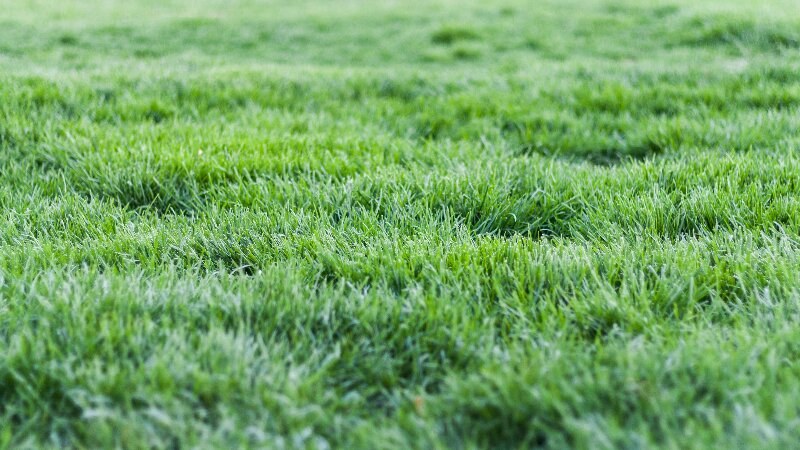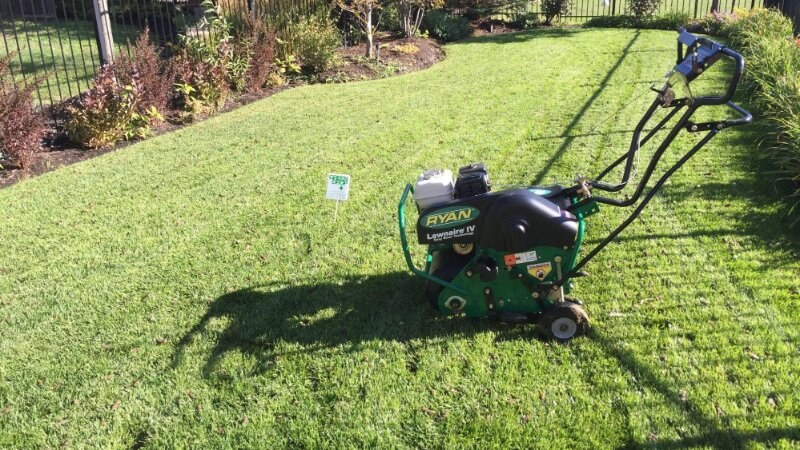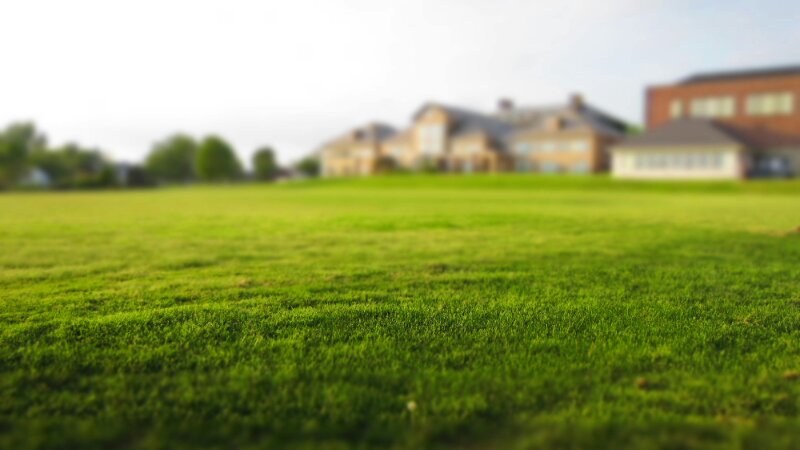Aeration: The Why, How & When of Lawn Aeration
Reading time: 6 minutesAeration is critical to keeping your lawn and soil healthy throughout the year, but few people know how or when to do it.
Join us as we explore the details of lawn aeration and how our qualified GreenKeepers can help you maintain a beautiful yard.

Why Aerate Your Lawn
There are a lot of benefits to gain from aerating your lawn, like:
Compacted Soil Relief
Over time, soil can become compacted, making it harder for moisture to penetrate and root systems to grow. Compaction occurs due to a combination of soil type, foot traffic, weather, and other factors that press soil down.
Aeration helps loosen dense, compacted soil and allows more air, moisture, and nutrients to reach the roots of your lawn. When done consistently as part of a regular lawn care program, soil never becomes impacted in the first place.
Thatch Reduction
Thatch is a layer of dead grass, roots, clippings, and other organic matter compacted between grass and the soil. If left alone, this layer can thicken and prevent water, air, and nutrients from reaching the roots of your grass or the soil underneath. While aeration doesn’t remove thatch, it will break it up and prevent it from reaccumulating as quickly or as thick.
Increased Access to Resources
Your lawn needs water and nutrients to keep its healthy green colour. When soil becomes compacted or too much thatch has accumulated, grass roots have a much harder time obtaining the resources needed for growth. Aeration makes it much easier for grass to get a steady moisture supply and vitamins.
Better Summer and Winter Hardiness
Cold-season grasses, like those most common in Western Canada, tend to grow slower in the summer and go through dormancy in the winter. When you aerate your lawn in the spring or fall, you give your grass a better chance of surviving the hot or cold weather.
These are just a few advantages homeowners can get by making aeration a consistent part of their lawn care routine.
Read more about the “why” of aeration here.
How to Aerate Your Lawn
Aerating your lawn properly requires several steps:
Choosing the Right Equipment

First, you’ll need to choose the type of equipment you want to use to aerate your lawn. There are several different ways to do this, including manual and machine aeration.
Spike aeration is done with a simple hand tool or spiked shoes that poke holes into the ground as you walk, while plug aerators use hollow metal tines to "core" your soil like an apple. Slicing aerators, which are less frequently used, have spinning blades that cut through grass, thatch, and soil to create channels for water and air.
Not all aerators are created equal, though, and equipment that doesn’t remove plugs of soil from your lawn only contributes to compaction instead.
For example, spike shoes push soil further down on top of itself, pressing it down further and only poking superficial holes in the outermost layer of dirt. A core aerator cuts plugs of soil out of the ground and deposits them on top of your grass, preventing further compaction and bringing topsoil to the surface, replenishing and distributing it across your lawn.
While renting heavy equipment like lawn aerators is possible, it's generally not a good idea unless you're already well-versed in the machine's operation. Hiring a lawn care professional can eliminate the possibility of injury or damage to your property while leaving you with a beautifully cultivated lawn to enjoy.
Preparing Your Lawn
Your lawn must be prepared for the aeration process to ensure it goes smoothly and has the most beneficial effects. Here’s how:
- Water a couple of days before you aerate. Soil that is ready for the aeration process is neither too dry nor too moist. Your soil should stick together when pressed lightly but not turn into mud. Depending on the weather in your area, you may need to water your lawn a few days before aerating or let it dry out after a big rain.
- Mow your grass short. It’s also a good idea to mow your grass short before aerating to allow better access to the soil. Don’t mow it bare, though – this could do more harm than good.
Aeration and Overseeding
After you aerate your lawn, it’s the perfect time to overseed. Overseeding is when you put new grass seed down over an established lawn to help fill in bald patches and create a more uniform look from edge to edge.
This practice is essential in spring and fall when cool-season grasses are at their peak growth. The soil plugs provide the soil contact that the seed needs to increase germination success. Aeration and overseeding work together to circulate oxygen and nutrients throughout a beautiful, healthy lawn.
Learn more about lawn overseeding here.
When to Aerate Your Lawn

Knowing when to aerate your lawn is key to its success. Aerating at the wrong time likely won’t hurt your lawn, but there will be fewer benefits, and your lawn may not have enough recovery time to aerate again when the timing is better.
In the Fall
The best time to aerate your lawn is usually in the fall. The timing increases the moisture and nutrients lawns get during their growth season, helping them form hardy blades and root systems better equipped to store energy throughout the winter.
In the Spring
While aerating in the fall is generally best, aeration is generally done in the spring to help prepare lawns for summer's hot, dry days. This is when Green Drop schedules their annual aeration and overseeding services. If you didn’t overseed in the fall, now is a great time to get it done, especially for cool-season grasses. This gives the seeds plenty of time to sprout and root before growth slows in the summer to protect your lawn from drought.
Want to take your lawn to the next level? Aerate in the spring and fall to maximize these results.
After Aerating
After your lawn has been aerated, allow the cores removed from your soil to dry. This may only take a day or two, depending on the weather. Then, you can mow over them to help break them up and work the organic matter back into your lawn for additional nutrients.
Remember, now is not the time to bag your lawn clippings, especially if you’ve added seed, as it can potentially remove the seed from the lawn.
If it rains after you aerate, you can wait another couple of days for the plugs to dry before mowing and using lawn fertilizer.
How Our Qualified GreenKeepers Can Help
At Green Drop, we’ve seen great results with aeration, especially when used as part of a smart, multi-step lawn care strategy. We offer aeration services in the spring & fall using scientifically proven methods and state-of-the-art equipment, so you can relax knowing the job will get done right. Plus, we always follow our lawn aeration services with overseeding to thicken your ground cover and prevent soil erosion in the winter.
Our GreenKeepers proudly serve valued customers throughout Western Canada, including Calgary, Edmonton, Red Deer, Regina, Saskatoon, and Winnipeg.

